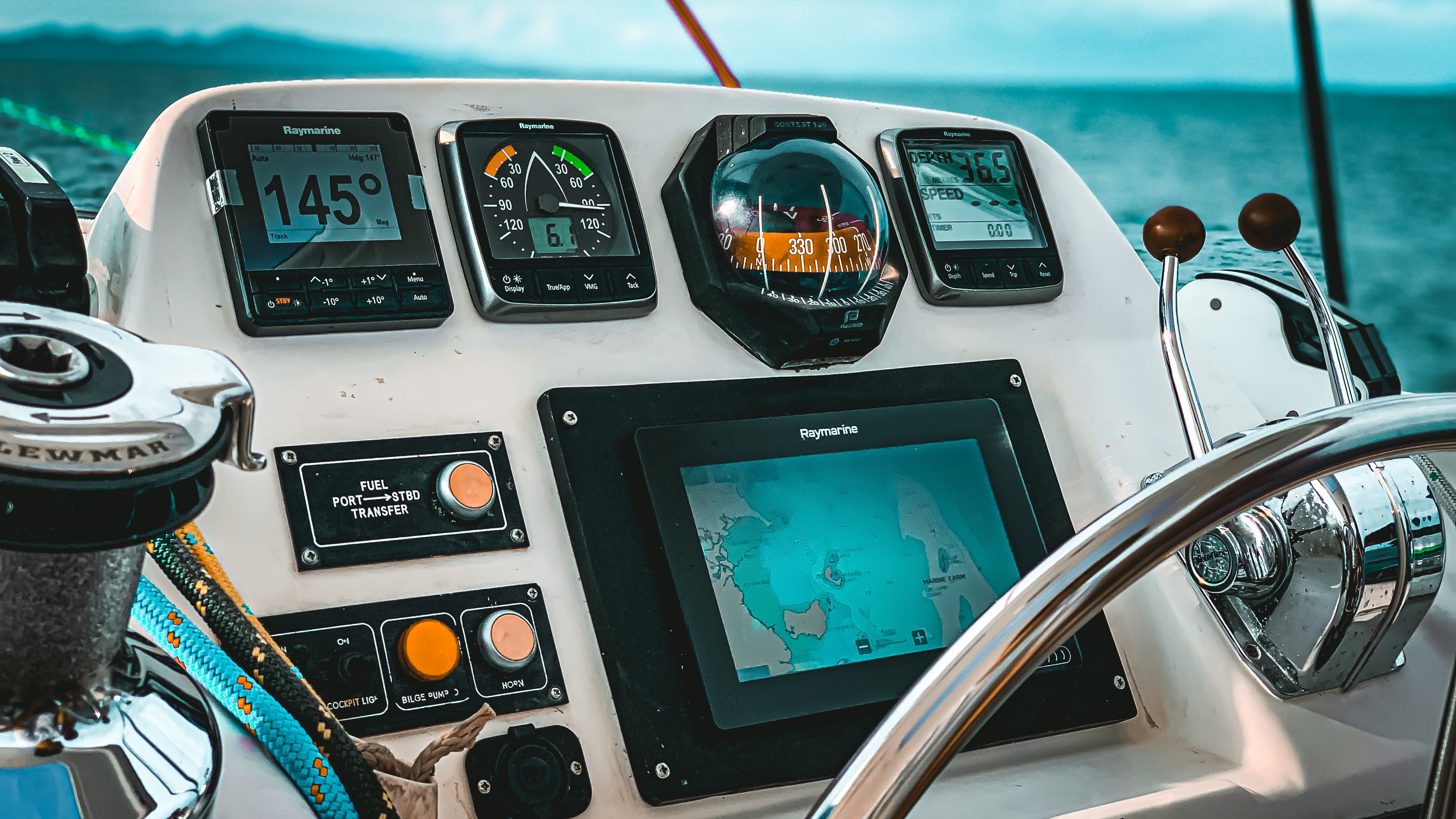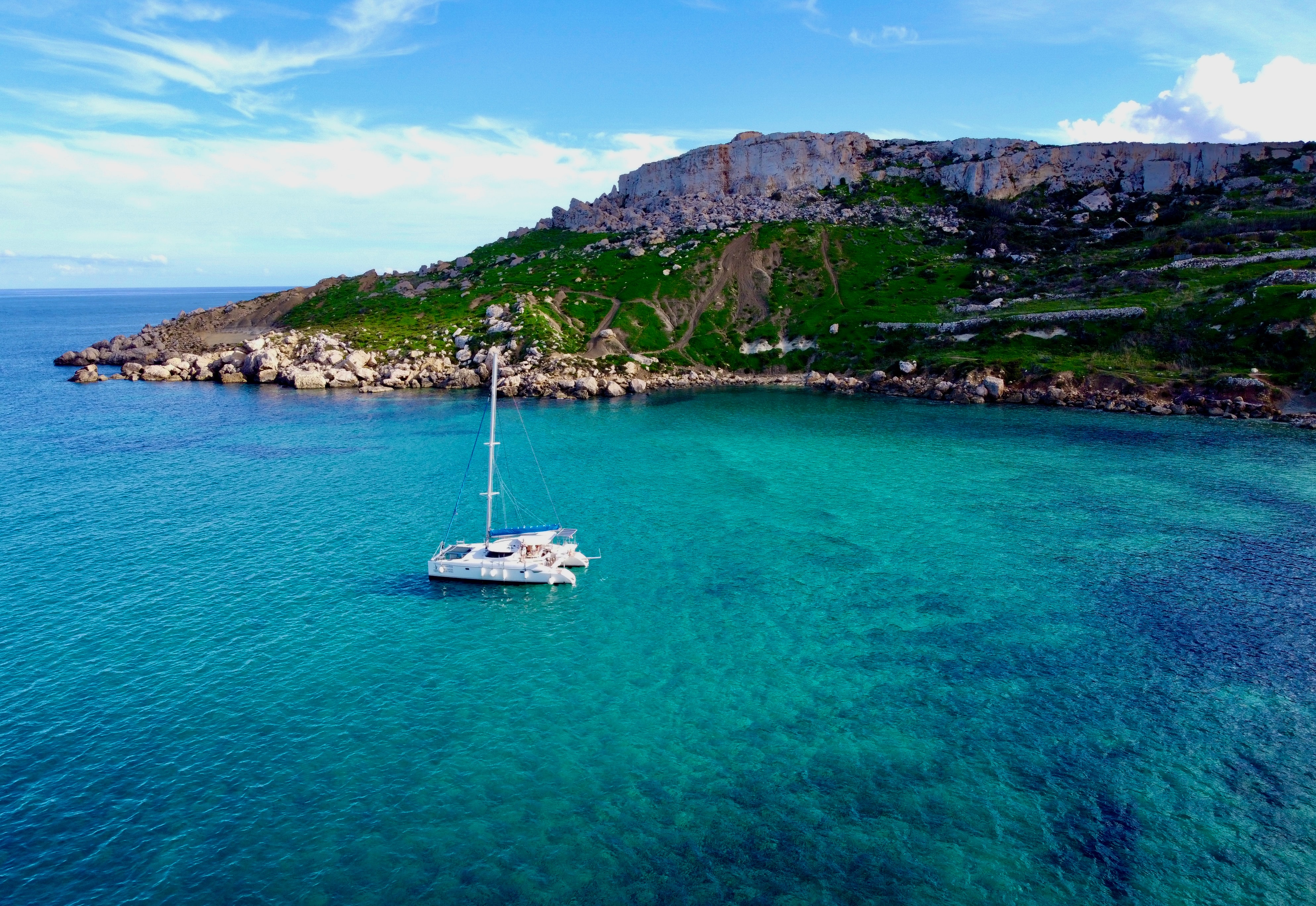

Have you ever wanted to rent a catamaran for your sailing holiday, but you're just afraid of chartering it by yourself on your own for the first time? The team of Yasido.com created this comprehensive guide with fundamentals on how to be prepared for the nuances of handling a cruising catamaran under sail and power. Learning to sail a catamaran involves understanding its unique characteristics and mastering fundamental sailing principles. If you already have experience sailing monohull boats or other types of sailboats, you may find it easier to transition to a catamaran, because you already have the basic sailing skills, such as understanding wind direction, points of sail, and boat handling.

Catamarans tend to provide comfort and luxury and a very enjoyable cruise experience providing real comfort to the whole family or a group of friends. The trials and tribulations of learning to sail a catamaran vary from person to person and depend on various factors. Catamarans come in various sizes and designs, from small beach catamarans to larger cruising catamarans. Smaller beach catamarans like Hobie Cats are relatively easy to learn on, as they are more forgiving and less complex. Larger cruising catamarans, on the other hand, can be more challenging to handle due to their size and additional systems (e.g., engines, navigation equipment, accommodations). However, with the proper instruction, sailing practice, and safety precautions, you can become a proficient catamaran sailor relatively quickly. Taking a sailing course or lessons specifically focused on catamarans significantly accelerates your learning process. Qualified instructors can teach you the fundamentals, including rigging, maneuvering, and safety procedures.

Like any skill, practice is key to becoming proficient at sailing a catamaran. Spend time on the water, gradually building your confidence and skills. Start in calm, protected waters and gradually progress to more challenging conditions. We advise you also to familiarize yourself with safety procedures, including how to right a capsized catamaran, how to deploy safety equipment (e.g., life jackets, flares), and how to respond to emergencies on the water. Furthermore, basic navigation skills, such as reading charts and understanding navigational aids (buoys, markers), are essential for safely navigating waters. Learning to sail a catamaran is definitely an exciting journey, and it's essential to prioritize safety at all times - always keep yourself up to date with the International Regulations for Preventing Collisions at Sea (COLREGs), which outline the rules governing the behavior of vessels on the water. Knowing these rules helps prevent collisions and ensures safe sailing.
When it comes to maneuverability the twin engines of the catamaran make it relatively easy to dock - you have great control due to the bigger distance between engines, and the ability to reverse. Catamarans are built to have significantly greater stability at sea and to be quite comfortable even in rough anchorages. Catamarans have a shallower draft than yachts, which means they can anchor closer to shore and explore shallower waters that might be off-limits to larger boats.

Catamarans are perfect for exploring small coves and bays. However, it's important to note that the draft of a catamaran can still vary depending on the specific design and size of the boat. Some larger catamarans may have a deeper draft than smaller ones, and the draft can also be affected by the amount of weight on board, the waterline, and other factors. Overall, while catamarans are generally known for their shallow draft and ability to navigate in shallow waters, it's important to check the specifications of a particular boat to ensure it meets your needs for the types of water you plan to sail in. Overall, while learning to sail a catamaran can be challenging, it's a rewarding and enjoyable skill to acquire. Many people find the process of mastering sailing to be a fulfilling and lifelong journey.